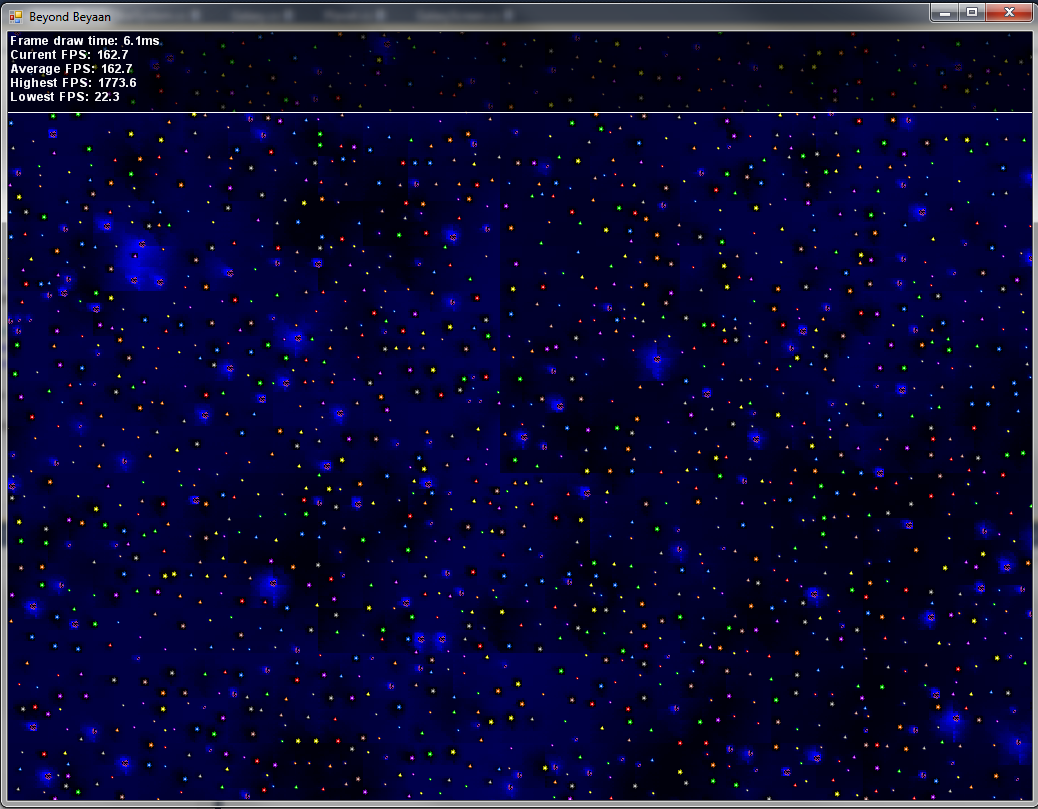You could try using Kriging (http://the-witness.net/news/?p=345) on the black holes, and adding other random control points for the field. Ive never actually used it, but it seems like it would work...
That looks like something that I want. I researched into the algorithm for this process, and found this page:
http://spatial-analy...g_algorithm.htm. However, it looks a bit complicated.
I think I understand how semi-variogram works mathematically, but I don't understand what the variables are for. Well, more specifically, what are nugget, sill, and range? From range, I assume it's the distance between the output pixel and the point containing a pre-defined value? But what about sill and nugget, where do they get their values from (I know it's user defined, but what kind of data do they need?)
After the semi-variogram value is calculated for each point connecting to the output pixel, I form a matrix with all the values that I've calculated? Then multiply it with a 1 x n matrix containing each point's weight, then perform some kind of calculation to factor in all the values into one value for the output value?
I'm pretty sure that if the explanations used simpler terms, I'd be able to grasp it better. Anyone familiar with this process?
Edit: Found this article:
http://www.nbb.cornell.edu/neurobio/land/oldstudentprojects/cs490-94to95/clang/kriging.html
According to that article, Sill is the maximum variogram value, range is the maximum distance where the variogram value plateaus, and nugget is the "error margin". I use a range of 5 to 100 for nebula density, so does variogram values have a correlation to each point's "weight" or is it just arbitary?
I still don't quite get how to do the matrix/adding all the weights from all points within range in ordinary kriging process.




